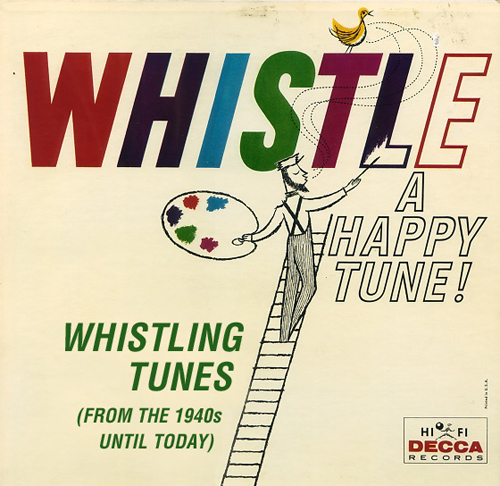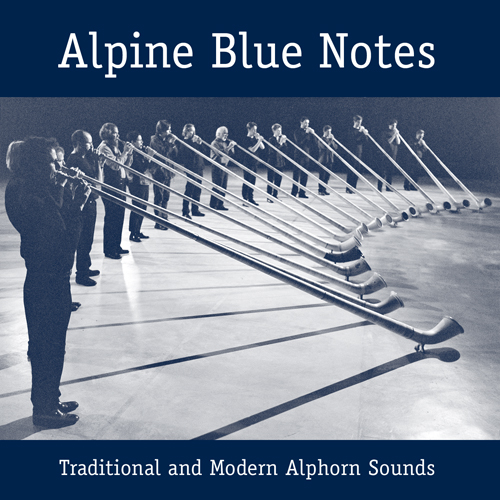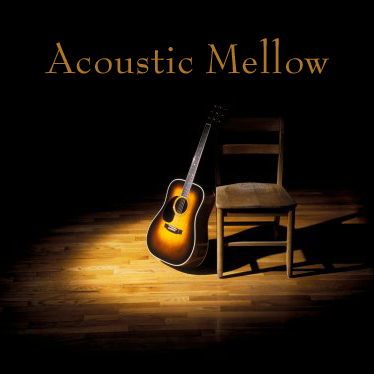Other Mixes By lanhamyodel
CD
|
Mixed Genre


CD
|
Mixed Genre


CD
|
Theme - Alternating DJ


CD
|
Singer/Songwriter


Tsugaru Shamisen
| Artist | Song | |
| Yoshida Brothers | Modern, 1999 | |
| Yoshida Brothers | Tsugaru Yosare Bushi, 1999 | |
| Kaze | Tsugaru Yosare Bushi | |
| Yoshida Brothers | Ayumi, 2000 | |
| Yoshida Brothers | Wakimizu, 2000 | |
| Yoshida Brothers | Tsugaru Jyongara Bushi, 2000 | |
| Chikusan Takahashi | Tsugaru Jyongara Bushi, 2000 | |
| Yoshida Brothers | Blooming, 2002 | |
| Yoshida Brothers | Madrugada, 2002 | |
| Yoshida Brothers | Frontier, 2003 | |
| Agatsuma | Beams, 2003 | |
| Agatsuma | Dawnlight, 2004 | |
| Shinichi Kinoshita & Roby Lakatos | Csardas, 2002 | |
| Shinichi Kinoshita & Roby Lakatos | Hora, 2002 | |
Comment:
About 5 years ago the hottest item on the Japanese music scene was the Yoshida Brothers, a duo of shamisen players with a youthful, innovative approach to playing traditional Japanese music.Siblings Ryoichiro and Kenichi Yoshida play the tsugaru shamisen, a banjolike instrument with three strings. Their music belongs to an instrumental genre likewise called tsugaru shamisen that includes both traditional tunes and contemporary pieces. The Yoshida Brothers' energetic approach to music have gained them national popularity unprecedented for traditional musicians in Japan.
Previous players experimented with the sound of tsugaru shamisen in jazz and rock music before the Yoshida Brothers emerged, but it was a televised 1997 concert by the brothers that brought modern tsugaru shamisen to Japan's national attention. Since their first CD, Ibuki, broke sales records for shamisen recordings in 1999, the Yoshida Brothers have achieved near rock star status in Japan.
Track 1
The opening track of Ibuki showcases the appeal of the Yoshida Brothers: Dynamic virtuoso playing rooted in traditional music but clearly influenced by rock'n'roll. One of two original songs on Ibuki.
Track 2
One of the core songs of the tsugaru shamisen repertoire.
Track 3
Same song played by the tsugaru shamisen group Kaze.
Tracks 4 & 5
These tracks from the second album, Move (2000), mark the beginning of the brothers' ongoing experimentation with instruments from various cultures. The songs feature the cajon, a hand drum popular in flamenco music.
Track 6
"Tsugaru Jyongara Bushi" is the best-known and most widely performed piece in the tsugaru shamisen repertoire.
Track 7
About forty years ago, the tsugaru shamisen, previously used only for accompaniment, began to be featured as a solo vehicle. Blind virtuoso Chikuzan Takahashi (1910-98), traditional tsugaru shamisen's most celebrated player, was the first to put out an instrumental solo recording with fast, improvisational playing, in 1963. This is one of several of his versions of "Tsugaru Jyongara Bushi."
Tracks 8 & 9
Both tracks composed by Kenichi, from Soulful,, 2002. "Blooming" experiments with harmony (trad. tsugaru shamisen music is monophonic). "Madrugada" adds keyboards, bass and drums to the sound.
Track 10
Title track from their fourth CD released in Japan in 2003.
Also in 2003 YB released their first album in America, (Yoshida Brothers, Domo Records, L.A.), similar in content to Soulful. Critics were impressed by the brothers' instrumental abilities but less so by their use of Western rhythms and arrangements which reminded them of new age music or smooth jazz.
Tracks 11 & 12
The first contemporary tsugamu shamisen CD to be released in the United States was by Agatsuma. In the 1990s Agatsuma played the shamisen a the rock band before he became a soloist. His first CD was released in Japan in 2001. In 2002 came Beams, with all original compositions. Agatsuma fuses the sound of the shamisen with urban grooves and computer-programmed dance rhythms. Beams was released in the United States in 2003 by Domo Records. "Daybreak" is from his second US release, Beyond (2004).
Tracks 13 & 14
Shinichi Kinoshita was combining the shamisen with rock and jazz nearly a decade before the Yoshida Brothers became popular, but their success has helped him find a larger audience. In June 2002 Kinoshita released Sougu, a collaboration with Hungarian gypsy violinist Roby Lakatos.
Feedback:
Looks mysterious and wonderful.
Hot Damm! How about a trade?
Wow. This looks fascinating, Claude. Quite the esoteric -- and thorough -- project, but intriguing nonetheless. I'd love to have a listen to a few tracks via yousendit if you ever get the chance in future -- you know, before I commit myself to a full-blown trade. : ) Good job.
Fascinating! Would love to hear this.
Wow! Solid gold for all of us.
Interesting!
This looks mega-interesting. If you're interested in a trade anytime, drop me a line.
like what the others said, interesting
looks very interesting!!!!!!!!!
I've seen it all now... blimey.
Wow - thanks for the educational info!
Interesting! We saw these two on New Year's Eve on the International Channel...
Everyone else has said this looks interesting. I am going to buck that trend by saying it looks intriguing. I am going to have to hear this stuff.
This looks extremely cool (as well as interesting and intriguing ;) ) - and I like everyone else will definitely have to hear this stuff. Well done you on keeping the educational fires burning!


